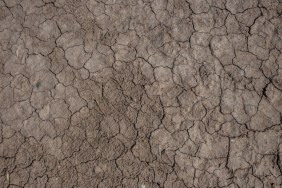 In Part One of this fishin’ on the edge series, we took a closer look at edges by defining what they are and why fish relate to them. Then we explored pockets, a common edge bass anglers come up against on the water. Today, we’ll continue the series and shed some light on weedlines.
In Part One of this fishin’ on the edge series, we took a closer look at edges by defining what they are and why fish relate to them. Then we explored pockets, a common edge bass anglers come up against on the water. Today, we’ll continue the series and shed some light on weedlines.
Weedlines tend to be pretty straightforward: on one side you have weeds and on the other side, open water or a thinner collection of weeds. In clear water, they’re pretty easy to see, and in some cases, the weedlines are so thick that they’re basically a wall of vegetation.
There are several potential reasons for the sudden absence of weeds at a certain point. For example, a change in the makeup of the bottom may not allow weeds to grow in a given area. Also, a sudden change in depth often means that the weedline serves as the border between areas that receive a good amount of light for weeds to grow, versus the deeper water where light can’t reach. You also have less weeds where there is current.
Weedlines are great areas to seek out bass, though, and you can use a variety of tactics to work the edges. Flipping jigs, for instance, are an excellent presentation to work the inside turns and cuts along a weedline, especially when fish are very aggressive. Spinnerbaits, too, will work well on a straight, or even a helicopter, retrieve. My personal favorites are plastics rigged weedless, though. With such a versatile selection, you can really hone in on what the fish want.
Weedlines are a prime location for anglers seeking big fish scouting open waters from the seclusion of the vegetation. Capitalize on this behavior by finding the edge and throwing a lure for them to strike. Be sure to come back for Part Three, where we’ll take a look at edges comprised of submerged timber.








